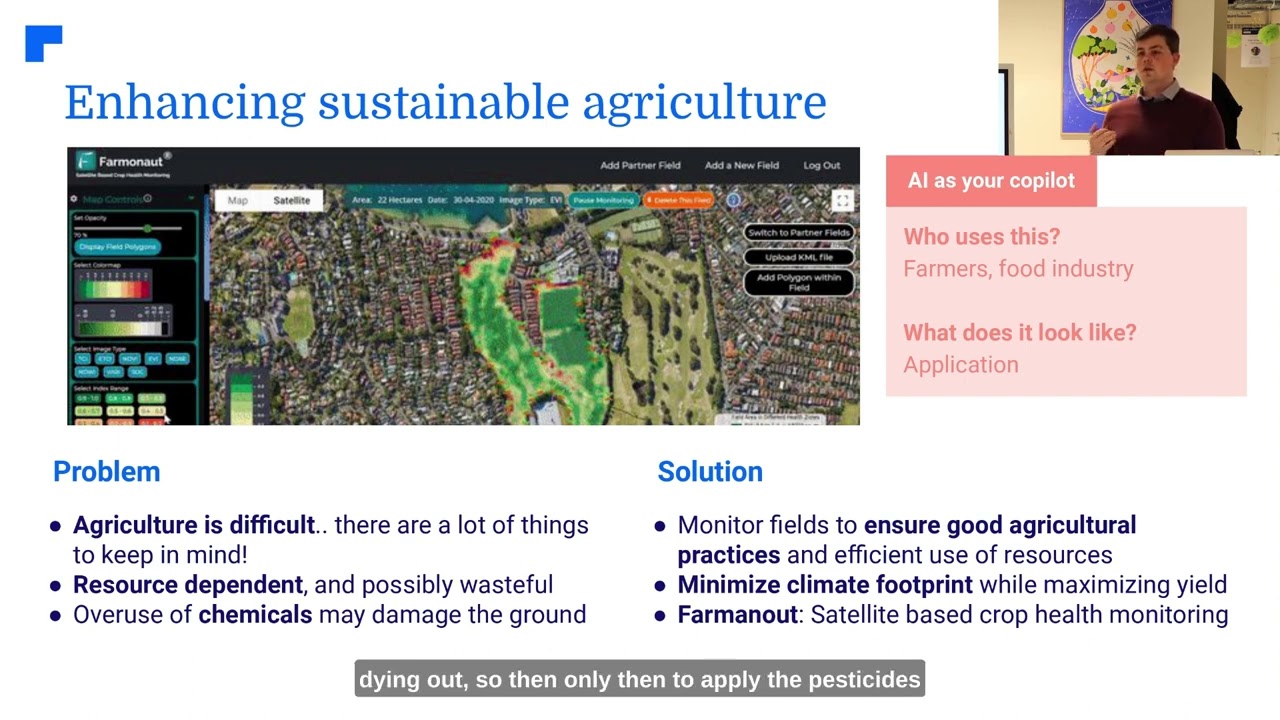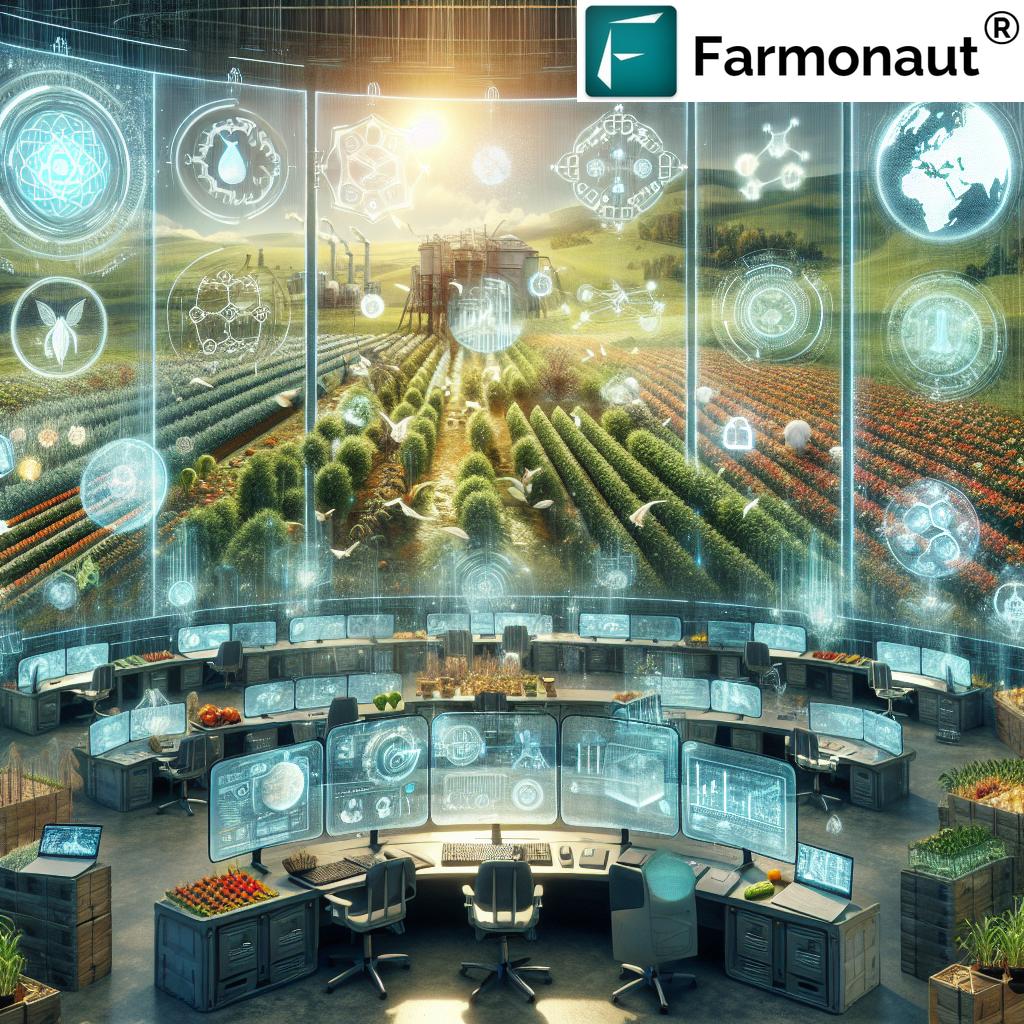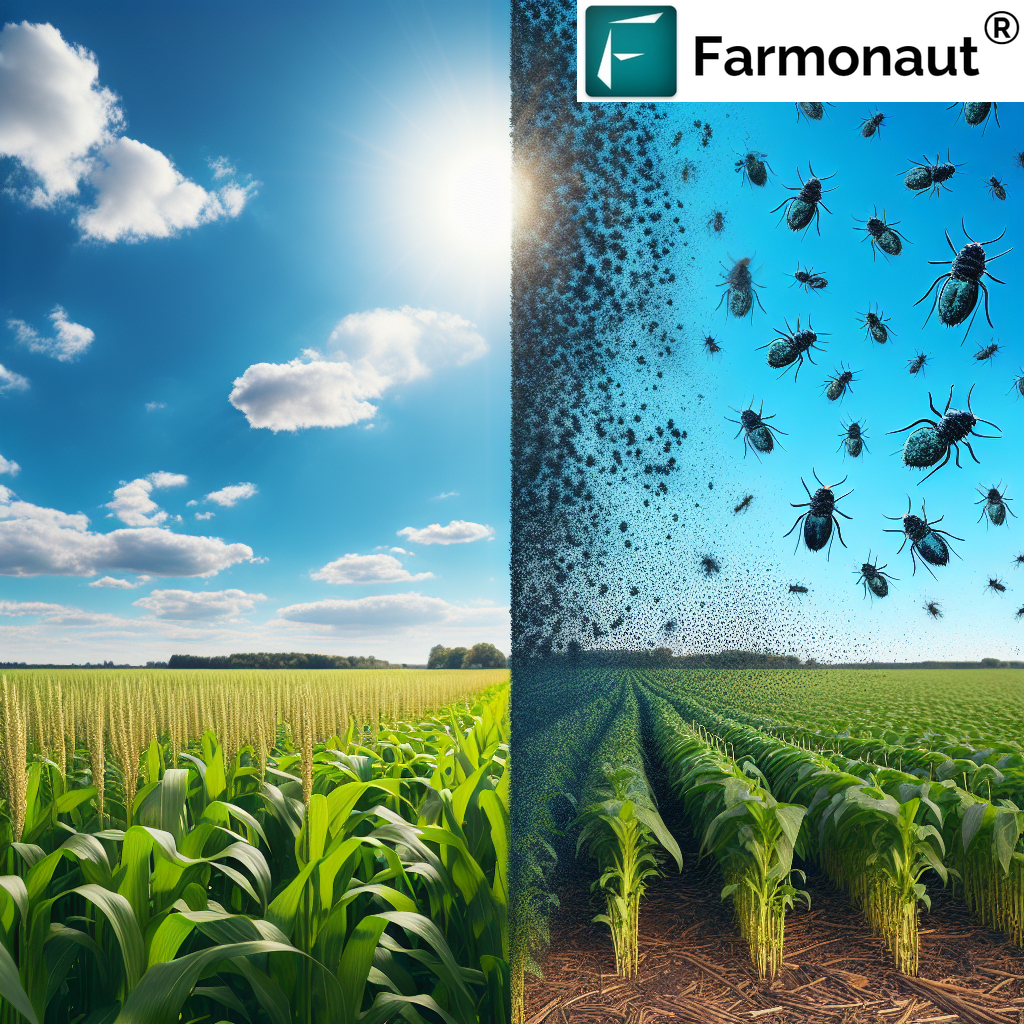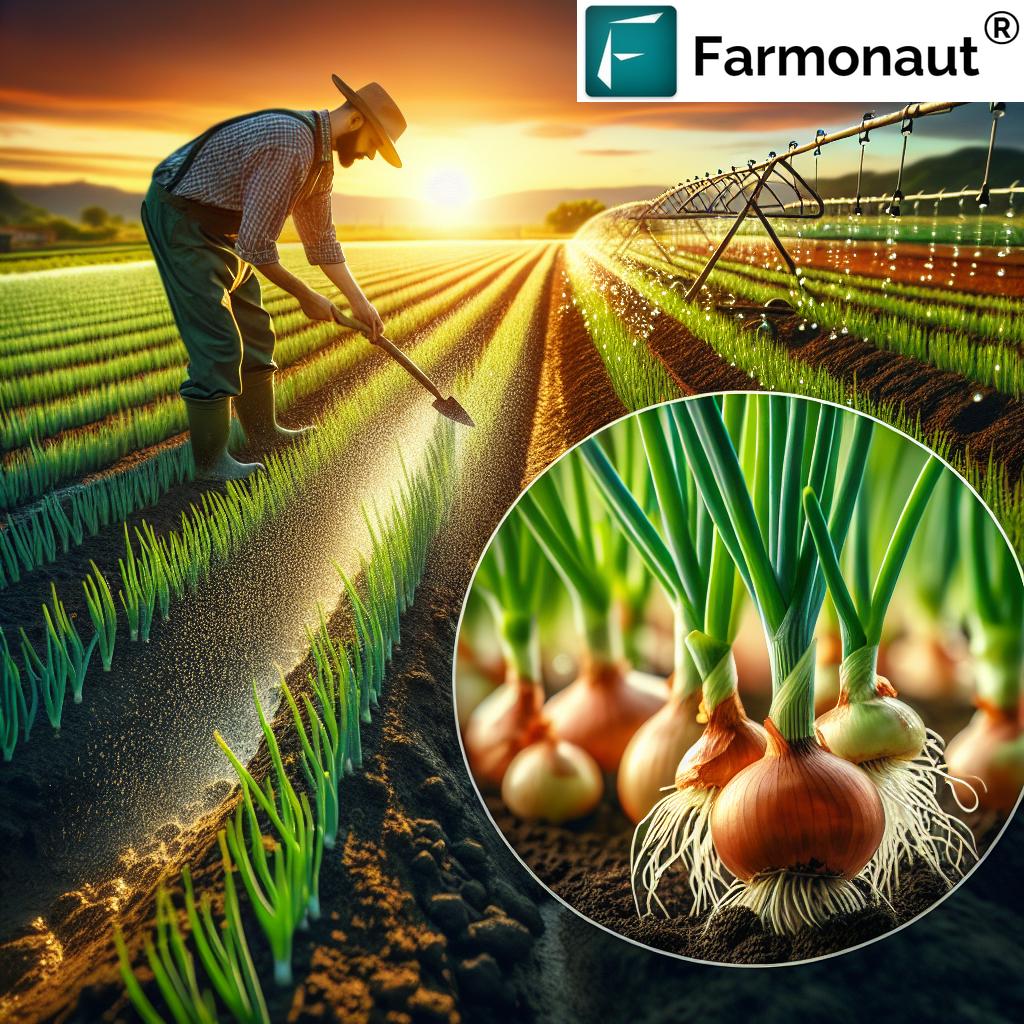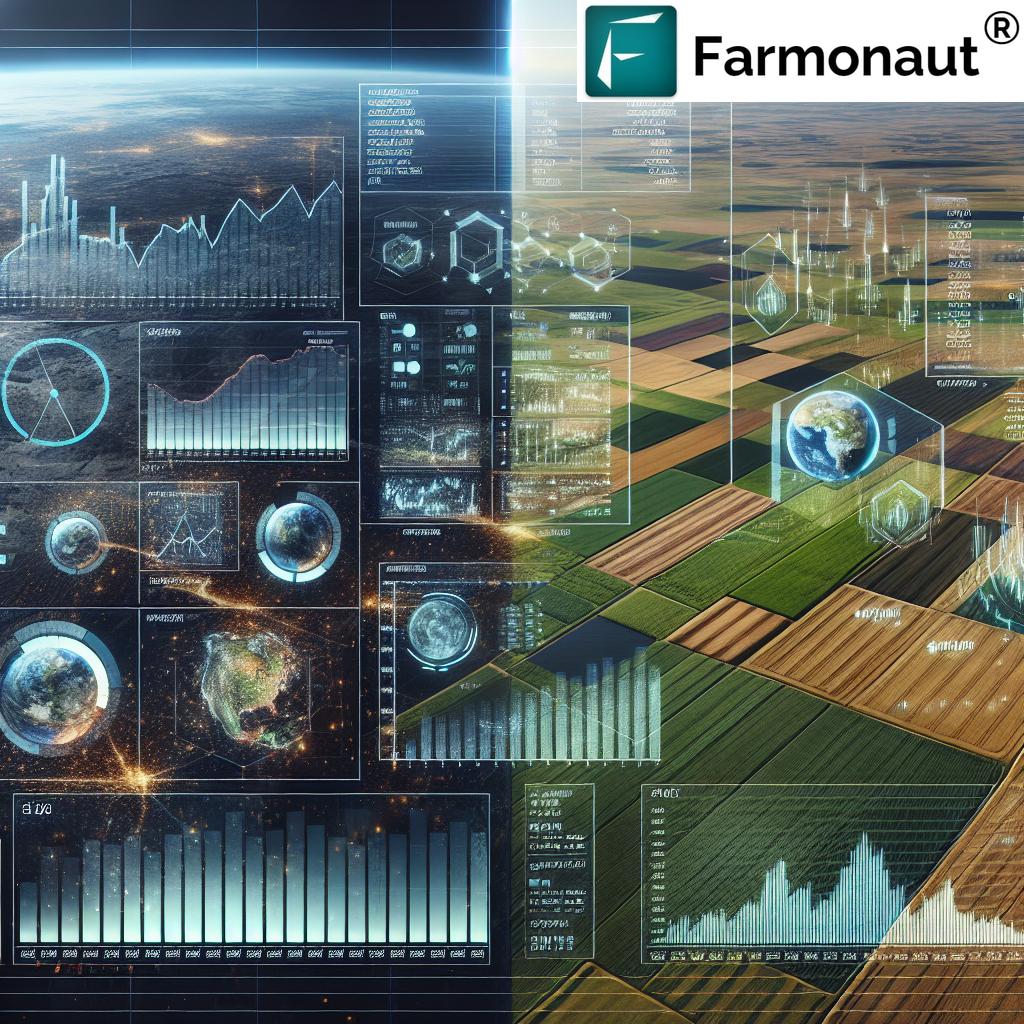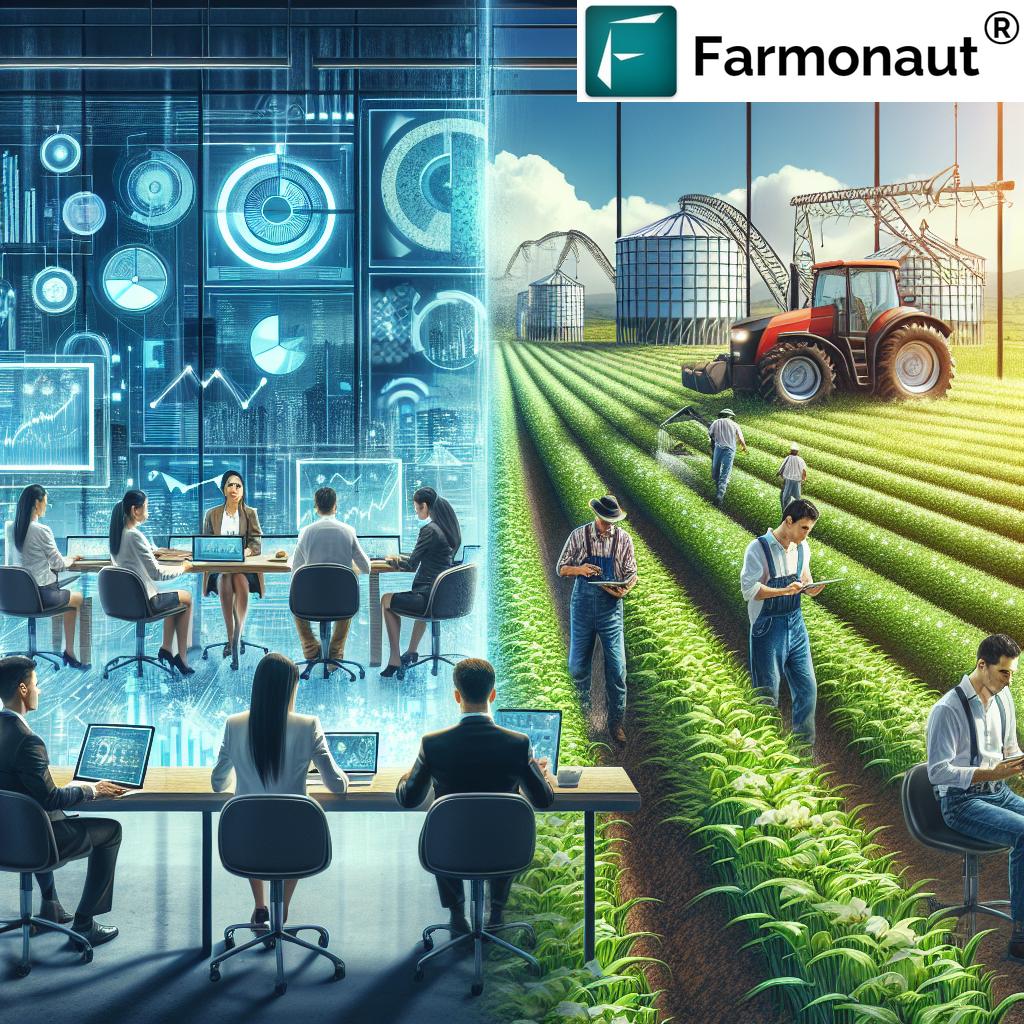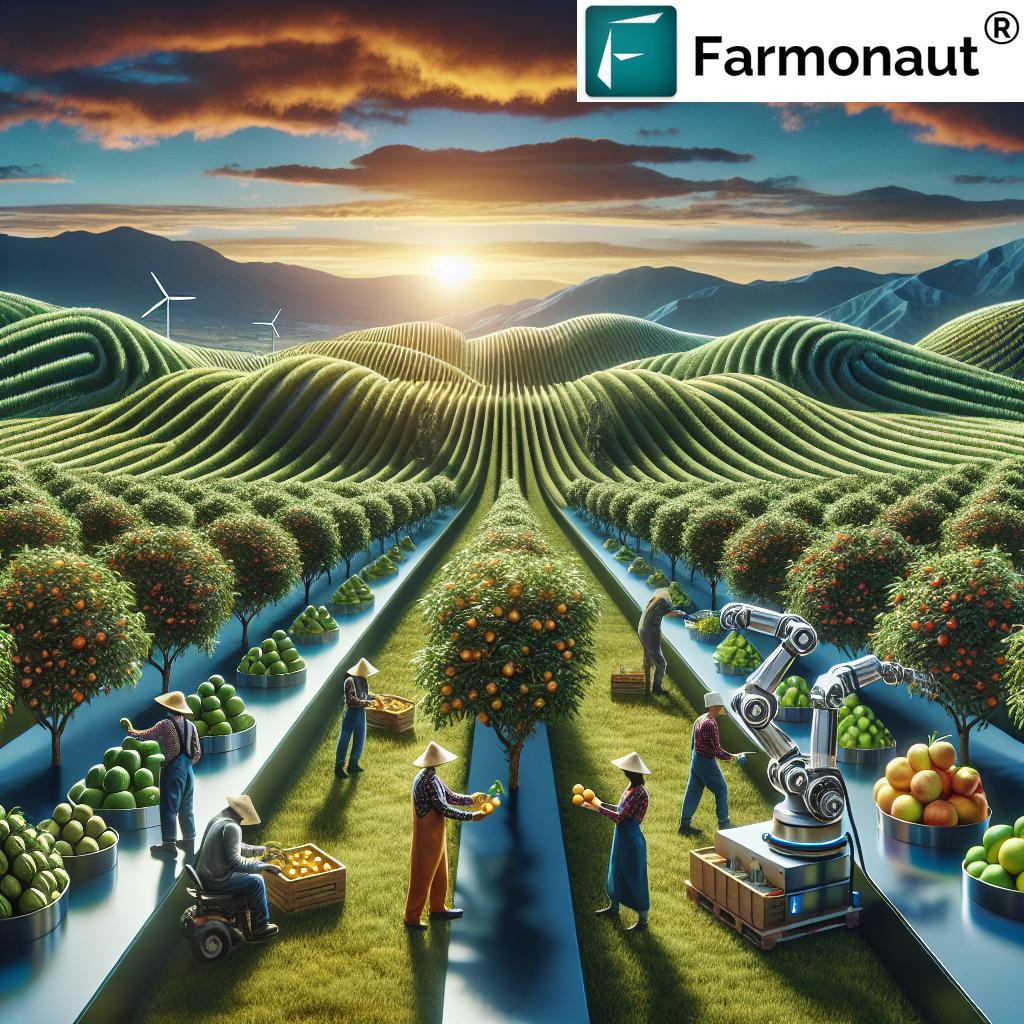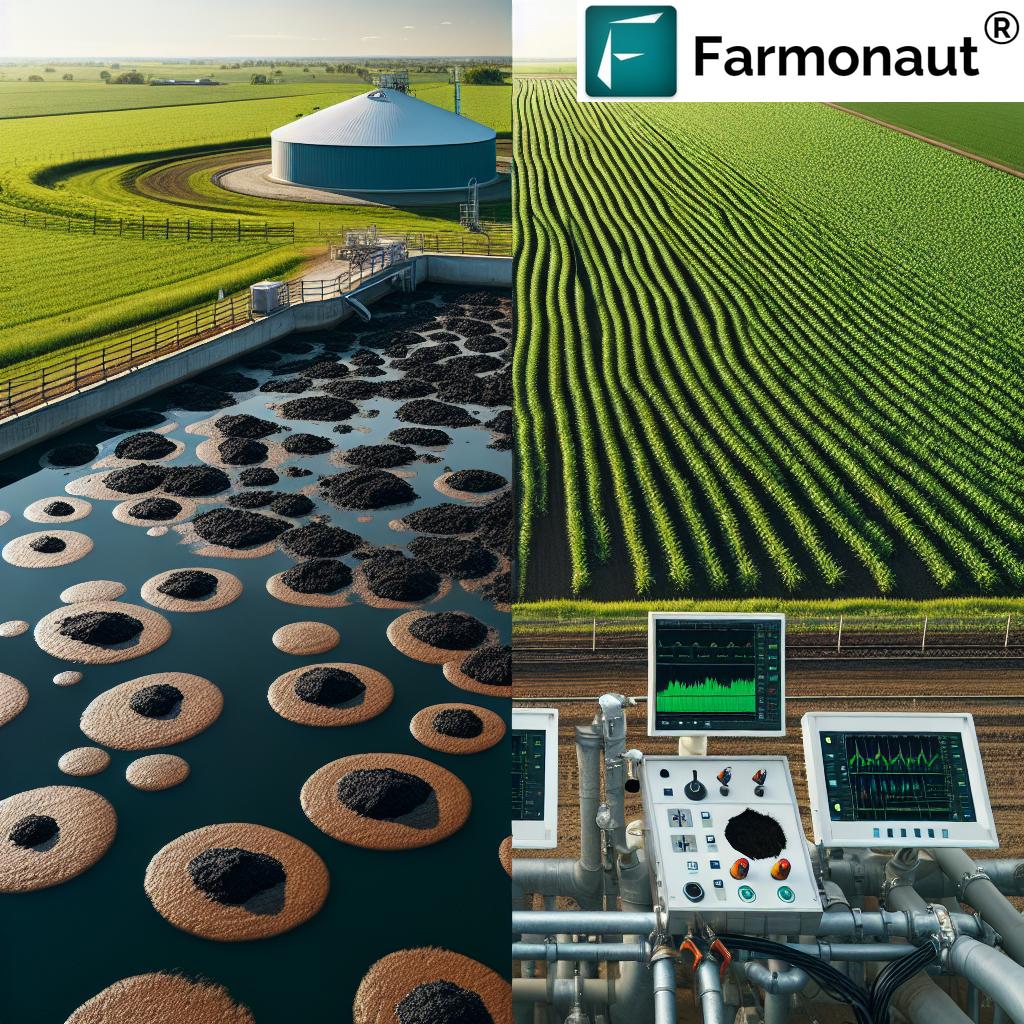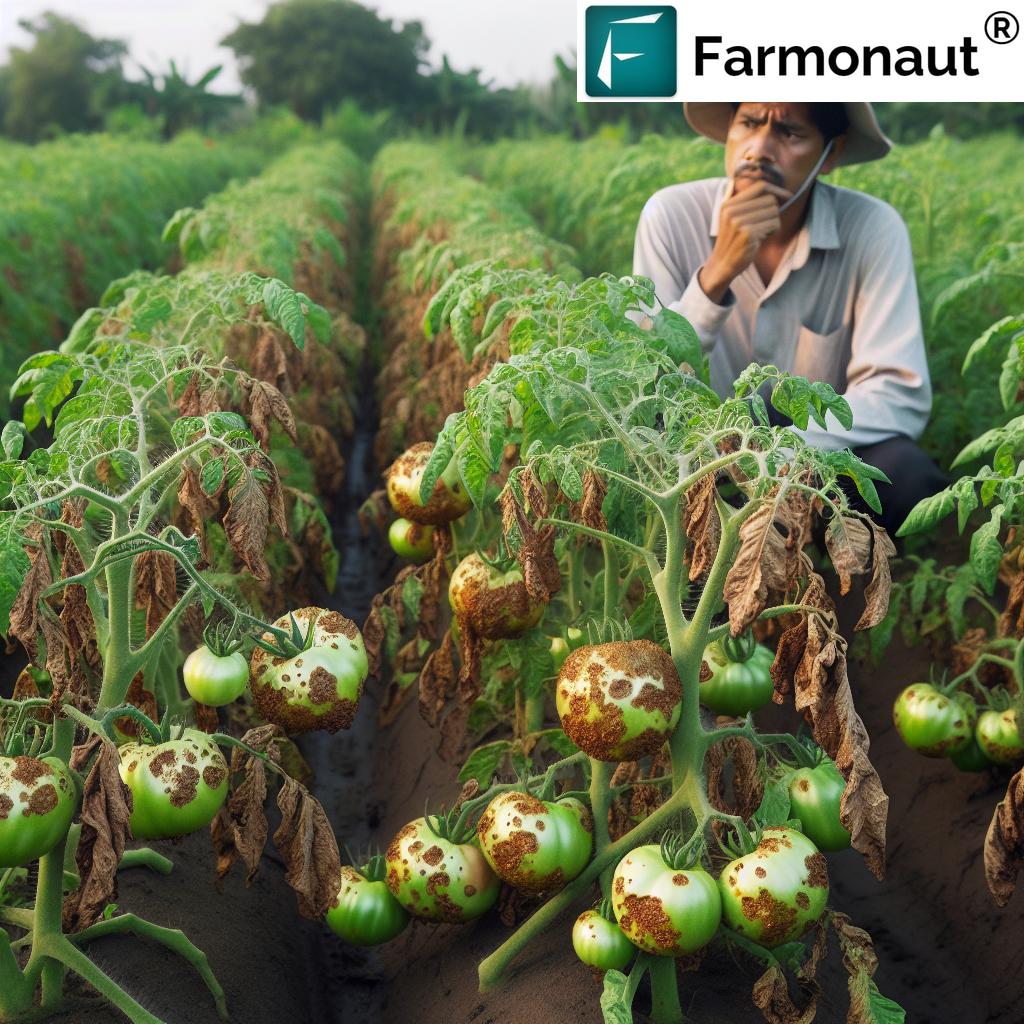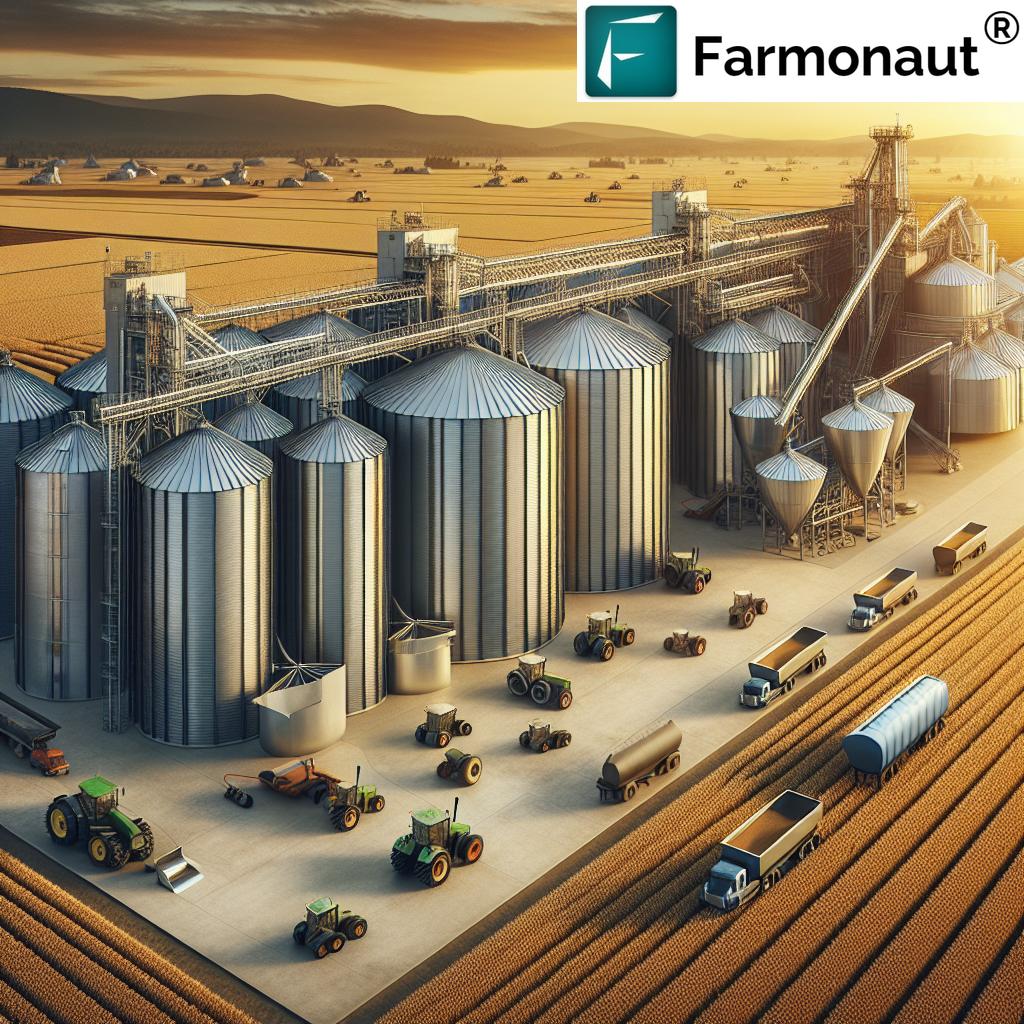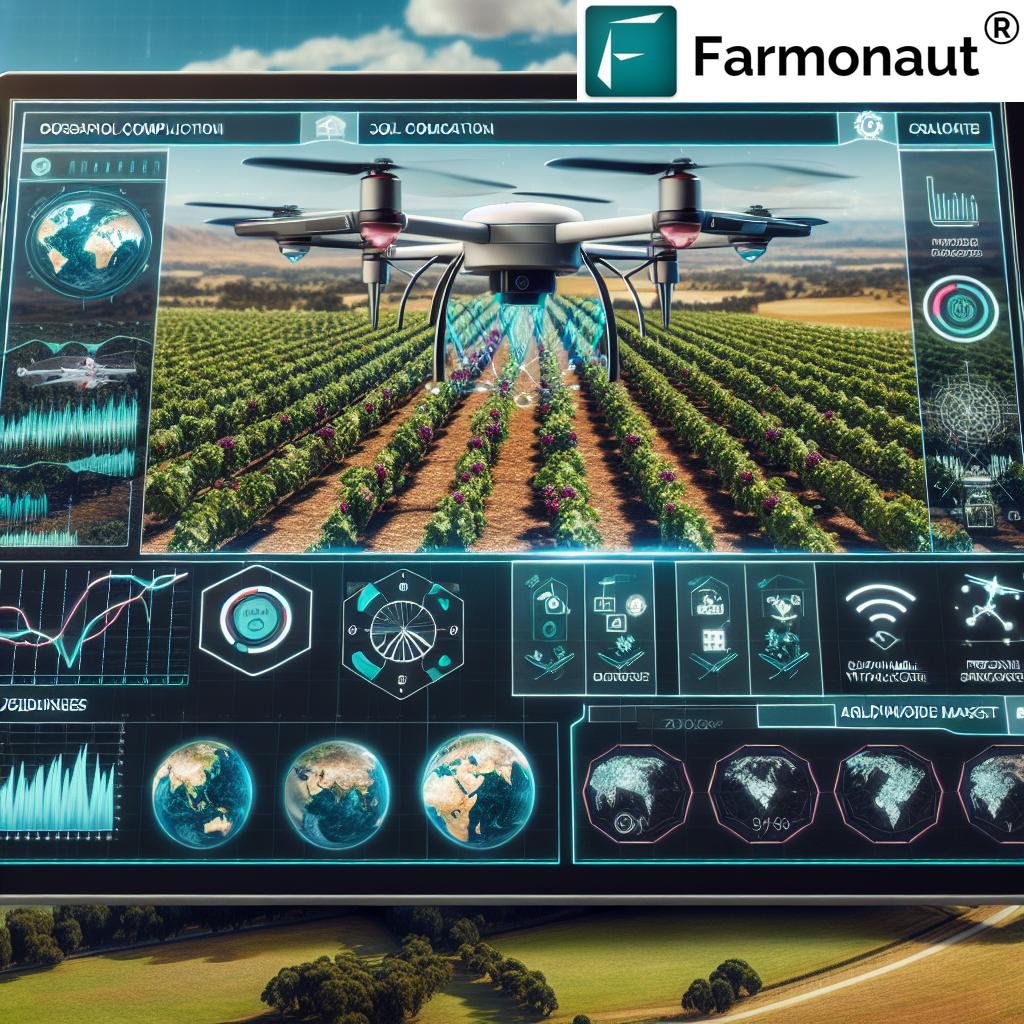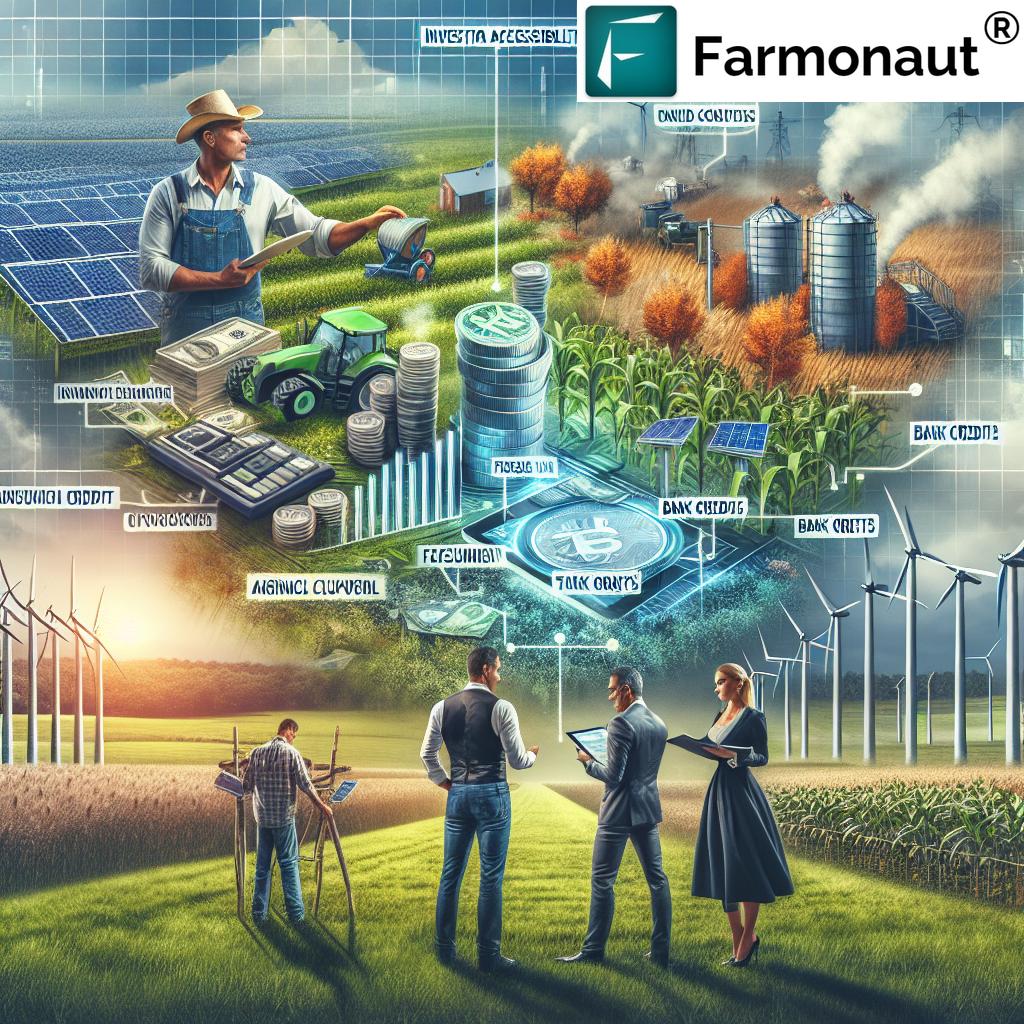Revolutionary Food Supply Chain Solutions Unveiled!
Food supply chain optimization stands at the heart of feeding a growing global population sustainably and efficiently. In today’s world, where agriculture, farming, and environmental sustainability are fundamental to food security and economic viability, innovations like AI, blockchain, and IoT are rapidly transforming every aspect of the food supply chain. Let’s dive deep into modern challenges, technological breakthroughs, and best practices shaping tomorrow’s food systems.
Introduction to Food Supply Chain Optimization
The journey of food products from their origins on farms and forests to our plates comprises the food supply chain. This intricate chain includes agriculture, farming operations, post-harvest processing, storage, transportation, and eventual consumption. As global demand increases and climate change intensifies, optimization and sustainability of our food supply systems have become crucial. The stakes are high: inefficiencies, lack of transparency, food waste, and environmental concerns risk the viability of feeding our population now and in the future.
In this revolution, innovative technologies such as AI, blockchain, and the Internet of Things (IoT) serve as the backbone for food security, operational efficiency, and resilience. These advancements enable food supply chain optimization, enhancing traceability, reducing food waste in supply chain, and supporting sustainable agriculture practices.
Challenges in the Modern Food Supply Chain
Let’s address the reality: our traditional supply chains struggle with multifaceted challenges that threaten food security, economic viability, and environmental sustainability.
- Inefficiencies: Multiple intermediaries increase costs and extend lead times, reducing overall efficiency in food production.
- Lack of Transparency and Traceability: Complex chains with non-digitized records make it difficult for stakeholders to verify product origins and quality. Counterfeit or adulterated goods harm public health and erode trust.
- Significant Food Waste: Over one-third of all food is lost or wasted globally. Perishable goods are especially vulnerable during storage and transportation.
- Environmental Concerns: The agricultural sector is a leading driver of deforestation, greenhouse gas emissions, and soil degradation. Inefficient farming practices can deplete critical resources like water and harm biodiversity.
These issues are not merely operational setbacks—they present significant threats to humanity’s future. But by leveraging technology, we have the chance to address each challenge systematically.
Technological Innovations Transforming Agriculture & the Food Chain
Recent advancements in AI, blockchain, and IoT are fundamentally enhancing every stage of the food supply chain. Such innovations are enabling smarter decisions, real-time monitoring, better resource allocation, and unparalleled transparency.
Artificial Intelligence and Big Data in Farming
Artificial intelligence (AI) and big data analytics are revolutionizing farming operations.
- Predicting Optimal Harvest Times: AI algorithms sift through vast data on soil health, past seasons, and weather forecasts to recommend the best time to harvest, enhancing quality and minimizing waste.
- Crop Health Monitoring: We can use AI-enabled systems to spot early signs of disease or pest outbreaks, enabling faster intervention and improved production.
- Optimizing Logistics Routes: AI helps streamline transportation of perishable goods, minimizing transit time and the chance of spoilage.
- Digital Transformation in Agriculture: Countries like China are spearheading this digital shift by integrating big data, GPS, and AI to digitize the agricultural industry.
AI in farming enhances decision-making, predicts yields, and enables risk management, resulting in more resilient and sustainable systems.
Blockchain: Improving Food Traceability
Blockchain provides a decentralized ledger for tracking transactions and verifying the journey of food products.
- Improving Food Traceability: Blockchain enables real-time, end-to-end traceability throughout the supply chain, so we can track an item’s origin, quality, and handling conditions within seconds.
- Ensuring Transparency: Each transaction or handover—from farmer to processor to retailer—is immutably recorded, reducing fraud and enhancing trust.
- Quality Assurance: With transparency supported by agricultural blockchain technology, safety recalls are faster and more targeted.
Companies like AgriLedger exemplify this blockchain-driven transformation. Solutions such as Farmonaut’s product traceability platform use blockchain for secure, transparent food supply records.
IoT in Food Production and Supply Chain Management
Internet of Things (IoT) technology brings real-time sensing and data-driven insights across the chain.
- Monitoring Environmental Conditions: IoT sensors track soil moisture, nutrient levels, and temperature, helping farmers manage water and other resources more efficiently for sustainable agriculture practices.
- Safeguarding Perishable Goods: Sensors in storage and transport units monitor humidity and temperature, minimizing spoilage.
- Fleet and Resource Optimization: IoT-based fleet management, such as Farmonaut’s Fleet Management platform, improves equipment usage and reduces costs by tracking vehicle performance and logistics.
IoT in food production is pivotal in reducing food waste, improving operational efficiency, and supporting precision farming decisions.
Digital Twin Technology for Food Chain Optimization
Digital twins create virtual models of agricultural assets, processes, and systems, allowing for:
- Testing Scenarios: By simulating farm operations, digital twins help us understand the impact of climate change, resource constraints, or new crop types before investment.
- Resource Optimization: Using real-time data inputs, we can adjust planting, irrigation, and harvesting schedules for optimal yield and fewer resource inputs.
- Reducing Emissions and Waste: Optimized digital models cut down on greenhouse gas emissions and food waste through better planning and management.
Digital twin innovations represent the frontier of food supply chain optimization through advanced simulation and planning.
Sustainable Agriculture Practices for Chain Resilience
Alongside technological advancements, new sustainable agriculture practices are crucial for reducing food waste in supply chain, improving soil and environmental health, and supporting economic viability for farmers.
Agroforestry and Environmental Sustainability
Agroforestry, the integration of trees into farming systems, benefits the food chain in several ways:
- Enhances Biodiversity: Diverse plant and animal life improves system resilience and productivity.
- Improves Soil Fertility: Leaf litter and root systems enhance soil structure, microbial activity, and nutrient cycling.
- Carbon Sequestration: Trees absorb CO2, mitigating greenhouse gas emissions.
Explore more on agroforestry and environmental sustainability.
Regenerative Agriculture Solutions
Regenerative agriculture embraces techniques that restore soil health, boost biodiversity, and increase system resilience:
- Crop Rotation: Prevents pest cycles and rejuvenates soil nutrients.
- Composting & Minimal Tillage: Boosts organic matter, benefiting water retention and reducing dependency on chemical inputs.
- Carbon Footprinting: Monitoring and managing emissions is key. See Farmonaut’s Carbon Footprinting product for actionable, data-driven solutions to environmental challenges.
Learn how these regenerative agriculture solutions stabilize global supply chains by directly addressing climate and resource issues.
Contract Farming: Ensuring Stability and Quality
Contract farming links farmers and buyers in mutually beneficial agreements:
- Stability for Farmers: Secure & predictable markets and access to new resources or technology.
- Quality Assurance for Buyers: Clear standards, traceability, and more sustainable practices.
- Supports supply chain optimization by reducing intermediaries and aligning production to demand.
Learn more at FAO’s sustainable agribusiness value chain page.
Collaborative Efforts and Digital Transformation in Agriculture
Achieving robust food supply chain optimization and sustainability isn’t a solo endeavor. Collaboration among farmers, suppliers, retailers, and government institutions is vital.
Public-private partnerships allow for:
- Infrastructure Development: Investment in storage, transportation, and cold-chain facilities reduces bottlenecks.
- Marketplace Access: Digital platforms make it easier for farmers to connect with buyers directly, lowering costs and improving income odds.
- Resource Access and Education: Modern apps and APIs, such as Farmonaut’s crop plantation and advisory tools, equip farmers with insights for sustainable and profitable decisions.
These efforts, coupled with technological advancements, drive both digital transformation in agriculture and food security for all. Learn more.
For businesses and developers wanting powerful agricultural data and tools, Farmonaut’s Food Chain APIs (API portal | Developer Docs) unlock scalable, actionable insights in real time.
Technology Impact Matrix: Innovations for an Optimized Food Supply Chain
| Technology | Production | Processing | Distribution | Retail | Sustainability |
|---|---|---|---|---|---|
| AI & Big Data | Up to 12% yield increase 20% less input waste |
15% faster anomaly detection 10% resource savings |
30% faster route optimization 15% lower transit spoilage |
Real-time demand matching up to 25% stock-out reduction |
Up to 20% food waste avoided Real-time emission data |
| Blockchain | Instant crop origin verification Enhanced data integrity |
Traceability speed—from days to seconds | 100% transparent handovers Fraud minimized |
Increased consumer trust 20% less recall expense |
Immutable emission & resource logs |
| IoT | Precision input management Up to 18% water savings |
Continuous condition monitoring 15% waste reduction |
Perishable spoilage -18% Fleet optimization up to 20% |
24/7 shelf life tracking Improved freshness scores |
Detailed, location-based footprint |
Farmonaut: Pioneering the Digital Transformation in Agriculture
As a leading agricultural technology company, Farmonaut offers advanced, satellite-based farm management solutions via Android, iOS, web app, and API. Our mission is clear: make precision agriculture affordable and accessible to farmers worldwide.
We integrate satellite imagery, AI, and blockchain to deliver actionable, data-driven insights for food chain optimization and sustainability.
- Satellite-Based Crop Health Monitoring: We deliver real-time analysis of crop health, soil moisture, and environmental metrics using multispectral imagery. This empowers informed irrigation, fertilizer use, and pest control decisions, driving higher quality and yields, and reducing waste.
Explore these features in our Large Scale Farm Management tools. - AI-based Jeevn Advisory: Our AI-driven system delivers tailored guidance, weather updates, and management strategies based on current satellite and climate data—boosting productivity and lowering risks.
- Blockchain Traceability: We provide blockchain-based food chain traceability for absolute transparency from field to fork. This builds trust, helps in authentication, and minimizes counterfeiting risk.
- Fleet and Resource Management: Streamline logistics, track equipment in real time, and minimize operational costs with Farmonaut’s fleet management suite. Perfect for agribusinesses managing large-scale distribution and transportation.
- Carbon Footprinting and Sustainability Tools: Accurately measure, monitor and reduce your operation’s environmental impact with our carbon footprint tracking solution.
- Crop Loan & Insurance Verification: Our tools provide satellite-based verification to help banks and insurance providers securely process agricultural loans and claims. See the Crop Loan & Insurance workflow here.
- API Access for Developers: Integrate precise satellite imagery and weather analytics into your food chain or farming applications using our robust APIs (full documentation).
Whether you’re an individual farmer, a large agribusiness, a government agency, or a sustainability-focused corporate, our modular services are scalable and tailored to your needs.
FAQ – Revolutionary Food Supply Chain Solutions
What is the food supply chain and why is its optimization critical?
The food supply chain is the entire journey from food production (planting, harvesting) through processing, transportation, storage, and retail, to final consumption. Optimizing it is critical for food security, reducing waste, and economic and environmental sustainability.
How does AI improve food supply chain efficiency?
AI in farming provides predictive analytics for yield, optimizes logistics, detects anomalies early, and helps match supply to real-time demand—reducing inefficiencies and waste by up to 20%.
What role does blockchain play in food supply chain transparency?
Blockchain creates tamper-proof records of every transaction and handover. This improves food traceability, enabling instant recall, reducing fraud, and building consumer trust.
How does IoT reduce food waste?
IoT in food production deploys sensors for temperature, humidity, and storage condition monitoring across the chain. This allows quick corrective action to prevent spoilage, and optimizes resource usage.
What are best sustainable agriculture practices for food chains?
Practices such as agroforestry (tree integration), regenerative agriculture solutions (soil restoration, crop rotation), and contract farming (stable, quality-driven agreements) support long-term productivity and resilience.
How can I access or integrate Farmonaut’s food chain solutions?
Farmers and agribusinesses can use web, Android, and iOS apps for crop monitoring, farm management, and carbon tracking. Developers and businesses can leverage Farmonaut’s API suite (API Portal, Docs) for real-time integration and scaling.
Conclusion: Shaping a Sustainable and Transparent Food Supply Chain
Optimizing the food supply chain is our collective responsibility and opportunity. As we harness the power of AI, blockchain, IoT, and digital twins, we can enhance operational efficiency, increase traceability, and uphold the highest standards in food quality and environmental sustainability.
Integrating sustainable practices such as agroforestry and regenerative agriculture makes the supply chain not only more productive but also environmentally responsible and climate resilient.
The path forward is clear: collaboration, technological innovation, and a steadfast commitment to transparency will ensure a more secure, efficient, and sustainable food future for all.
Ready to join the revolution? Explore Farmonaut’s platform or download our app and experience firsthand how data, technology, and sustainability are driving the next era in food supply chain success.




